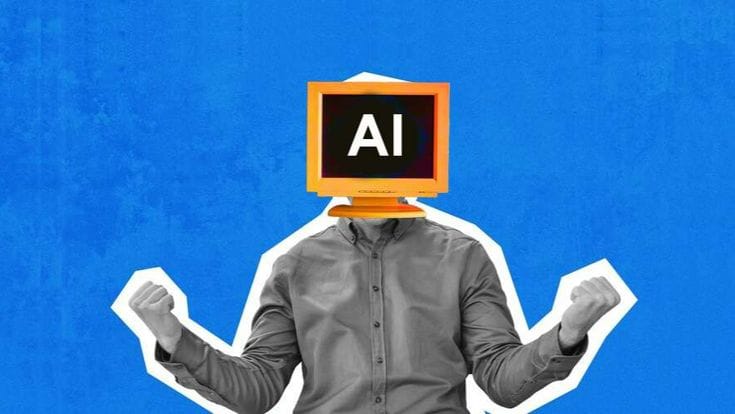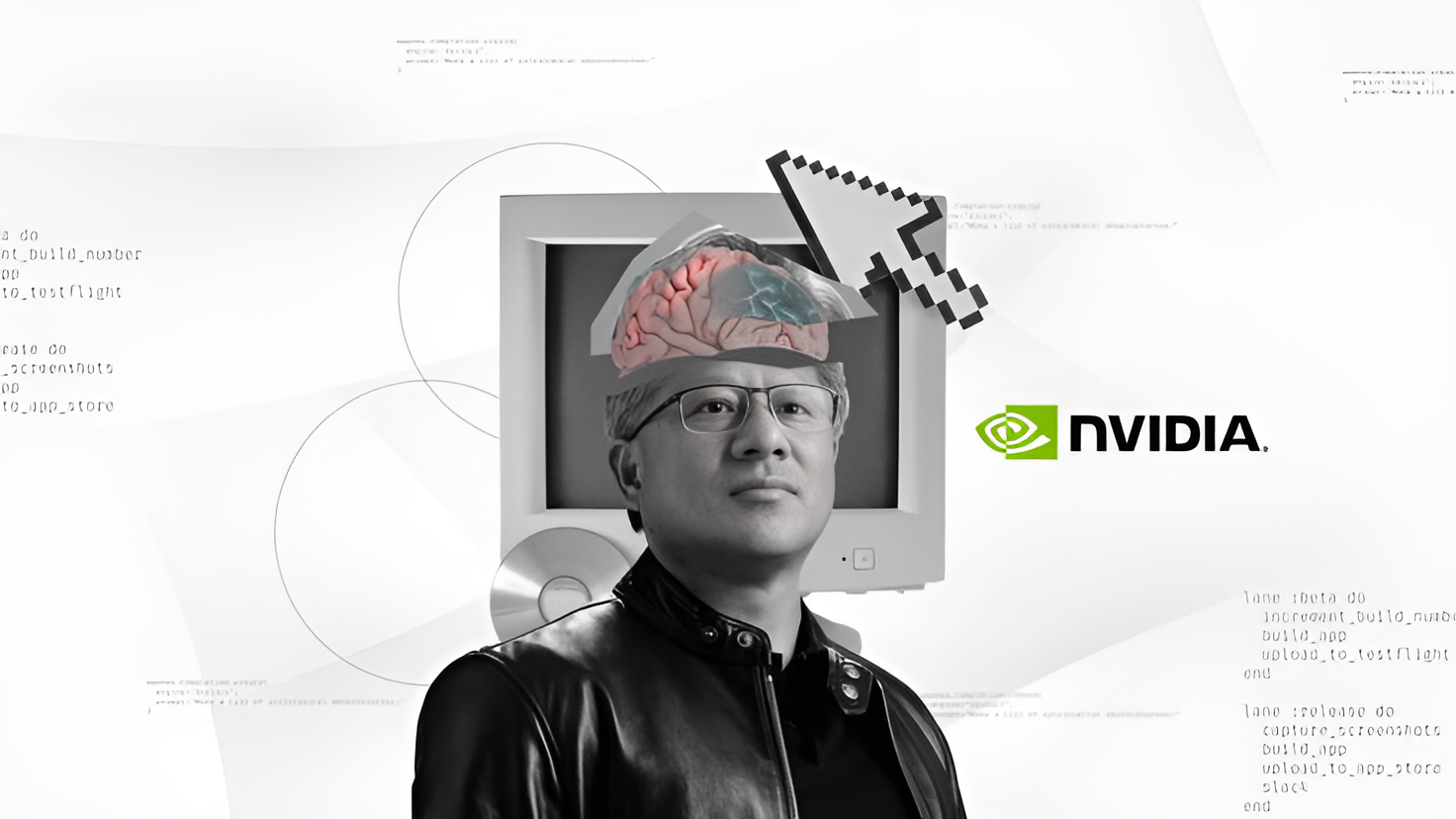Generative AI, a transformative force in modern technology, has found fertile ground in assistive systems, offering groundbreaking solutions for healthcare, education, and beyond. Rooted in the success of tools like ChatGPT and DALL-E, these systems are evolving rapidly, showing immense potential while raising critical challenges that must be addressed for sustainable growth.
Generative AI in Assistive Systems: A Broad Landscape
Generative AI enhances assistive technologies in four main domains: care, medical, support for disabilities, and general comfort. By leveraging large language models (LLMs), generative adversarial networks (GANs), and diffusion models, these systems provide personalized interactions and innovative support mechanisms.
1. Healthcare Innovations
In healthcare, generative AI supports medical diagnostics, drug discovery, and even robot-assisted surgeries. For instance, tools like Med PaLM, a fine-tuned medical language model, offer accurate diagnostic assistance. Similarly, facial analysis driven by AI correlates external expressions with internal health conditions, improving early detection of diseases like Parkinson’s.
2. Empowering Individuals with Disabilities
Generative AI fosters independence among people with disabilities. Tools for real-time speech generation help individuals with communication impairments, while adaptive technologies enhance emotional learning for children with autism. For instance, GAN-based data augmentation improves brain-computer interface (BCI) systems, enabling individuals with physical disabilities to control external devices more effectively.
3. Companionship and Co-Creation
Generative AI enriches human interaction by acting as a virtual companion. Multimodal systems, combining vision and text inputs, are being used to address social isolation, particularly among older adults. Additionally, AI-driven tools like GitHub Copilot enhance collaboration in professional and creative environments, reducing workplace isolation and fostering productivity.
Key Challenges
Despite its potential, generative AI in assistive technologies faces several limitations:
1. Ethical Concerns and Bias
Generative AI systems often inherit biases from their training data, leading to discriminatory or suboptimal outputs. This can disproportionately affect vulnerable populations relying on assistive technologies.
2. Transparency and Trust
The "black box" nature of AI algorithms creates challenges in understanding decision-making processes, especially in sensitive domains like healthcare. Enhancing explainability is essential for building trust among users.
3. Regulatory Complexities
Governments are still grappling with creating effective regulations for generative AI. Compliance with laws like the EU AI Act and GDPR is crucial to ensure safety and accountability.
4. Hallucinations and Accuracy
Generative AI's tendency to produce fabricated information, or "hallucinations," undermines its reliability, particularly in critical applications such as medical diagnosis or legal advice.
5. Data Scarcity and Privacy
High-quality, domain-specific datasets are often scarce, limiting the performance of AI systems. Moreover, the use of sensitive data in assistive technologies raises privacy concerns, necessitating robust encryption and ethical frameworks.
Future Directions
To harness the full potential of generative AI in assistive technologies, the following steps are crucial:
- Standardized Evaluation Metrics: Establish benchmarks tailored for assistive applications to assess performance and safety effectively.
- Bias Mitigation: Develop training methods that actively reduce biases, ensuring equitable and inclusive outputs.
- Enhanced Explainability: Invest in research to make AI systems more transparent, allowing users to understand and trust their decisions.
- Robust Privacy Measures: Strengthen data protection mechanisms to safeguard sensitive information while ensuring compliance with legal standards.
- Creative Co-Creation Tools: Expand the use of generative AI in fostering innovation and collaboration, from personalized learning platforms to workplace productivity tools.
Conclusion
Generative AI is revolutionizing assistive technologies, offering innovative solutions to complex challenges. However, its widespread adoption demands a balanced approach, addressing ethical, technical, and regulatory hurdles. By prioritizing transparency, inclusivity, and collaboration, we can unlock the full potential of this technology, paving the way for a more accessible and empowered future.





















Discussion